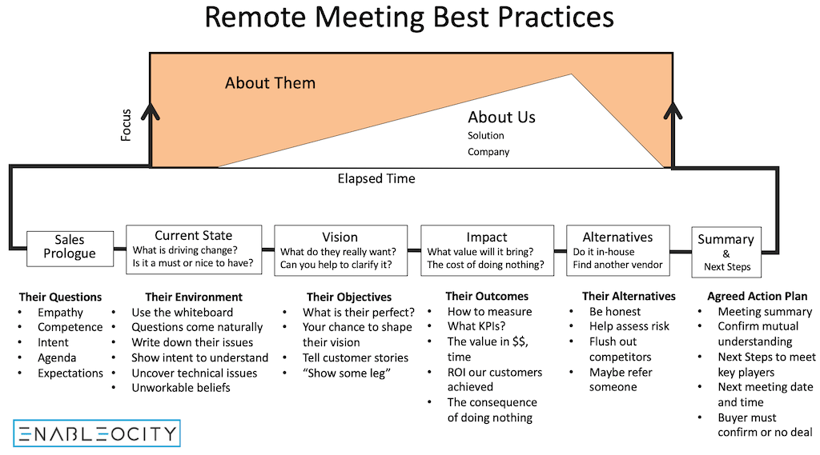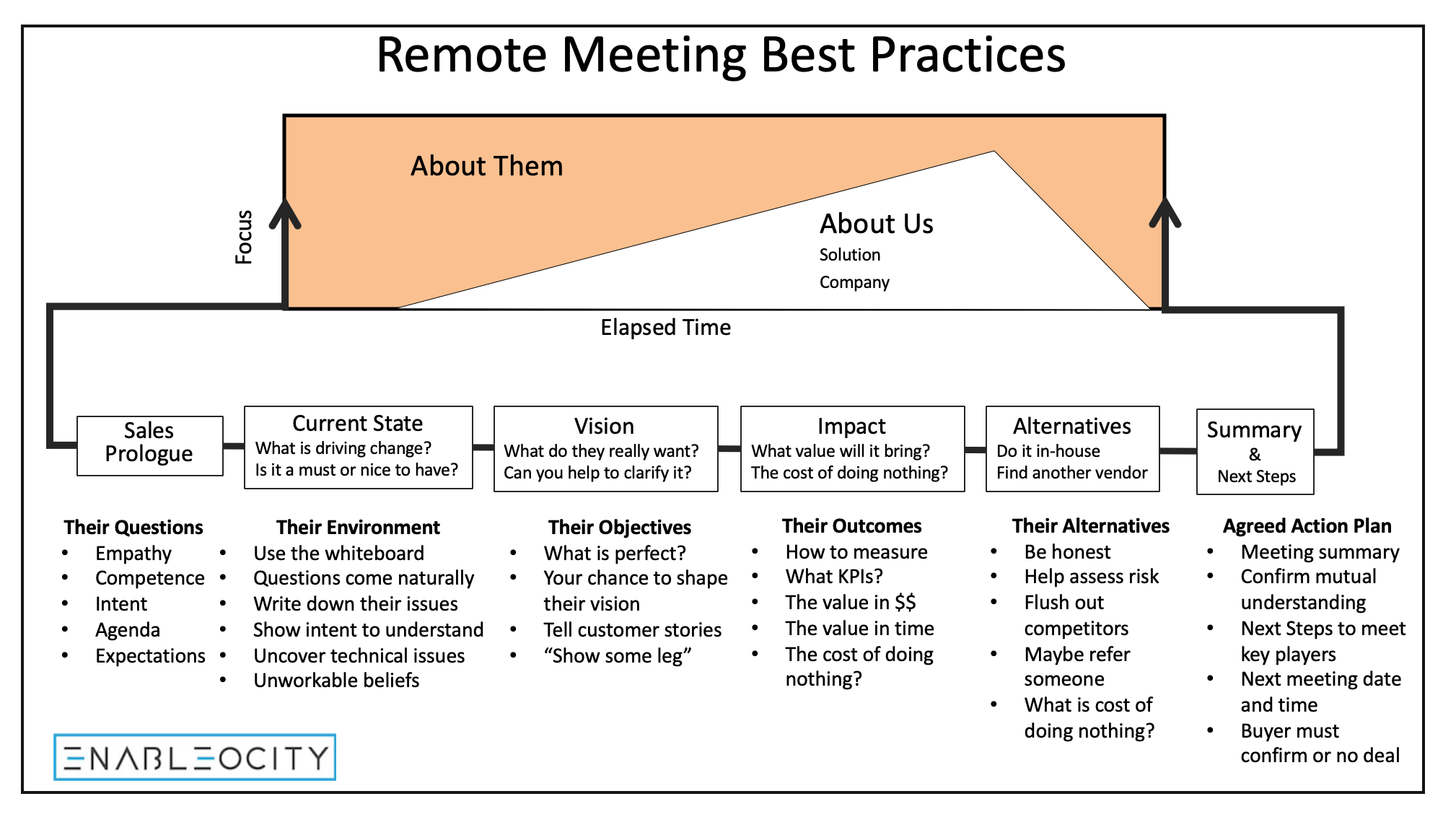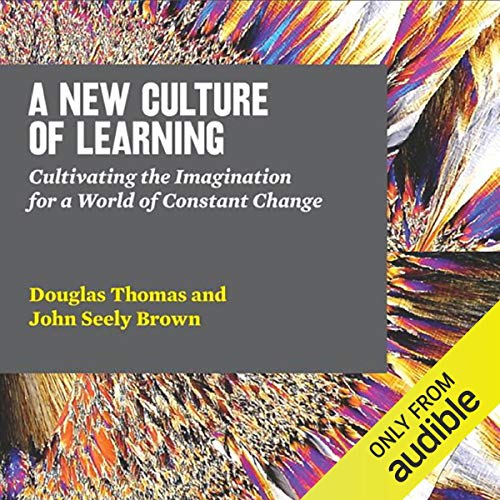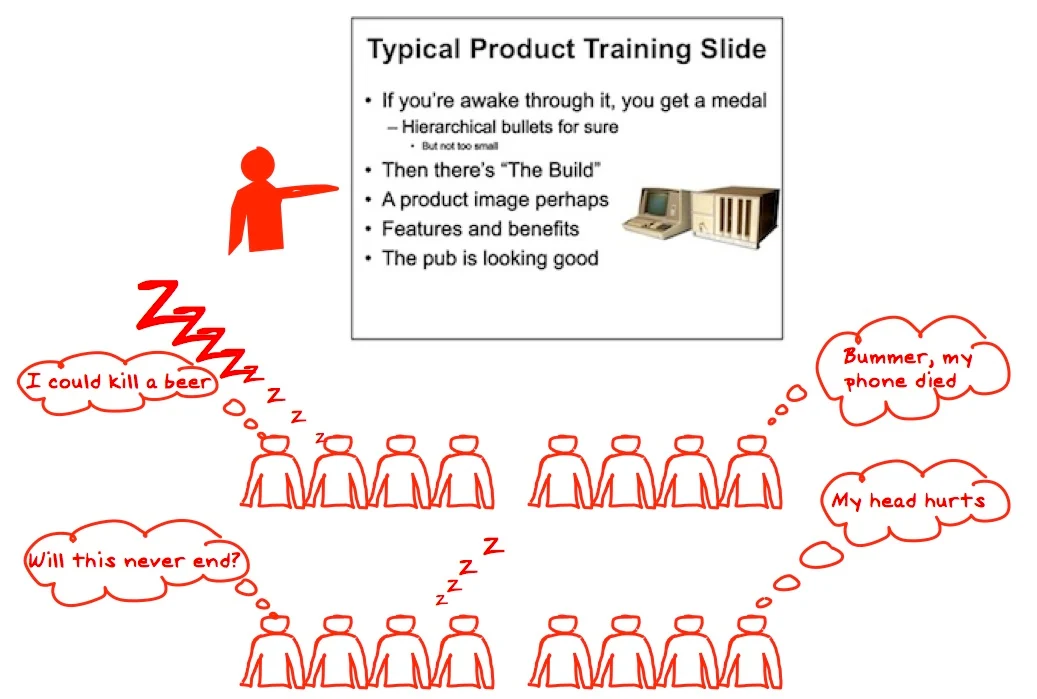This article will be of interest to salespeople, sales managers, sales enablement pro's, SE's and anyone interested in improving the outcomes of remote B2B sales meetings. The ideas in this article aren't new, but are largely unknown. I learned the Sales Prologue for opening meetings from Enableocity partner, Jim Burns of Avitage and he learned them from Rob Scanlon. We have adapted some of Rob's ideas to match our Remote Selling 4-Box Qualification Model.
When you open a call, you speak into an environment
You, as a salesperson, are speaking into an environment. On the phone or in the Zoom video conference or across the table is a prospective customer who perceives you as a salesperson – like all salespeople, wanting to make a sale… and buyers have seen all of the moves.
This is always the environment at the outset of any sales conversation until trust is developed.

What typically happens when a salesperson opens a sales meeting? Let's ask a buyer who takes plenty of sales calls. “The sales team opens with a few pleasantries, presents their agenda & mostly they push their product/solution. They ignore what’s important to me & my organization.”
What can you do to differentiate yourself? We asked the same buyer and this is what she said.
“Come prepared to work my agenda and address the things which are most important to me. That will set you apart from 95% of salespeople at the outset."
How to open a sales call and build trust?
The Sales Prologue
A sales prologue is a specific process to open a meeting, based on proven principles. The steps in the sales prologue are designed to address the issues of:
- Trust
- Competence
- Intent
- Agenda
- Expectations
The sales prologue is an important best-practice technique to build rapport, create trust and develop a shared agenda with the buyer. The words that you use are important. I suggest that you memorize them and customize them to set up the listening for each meeting based on the buyer’s agenda and your goals. We have incorporated this dialogue into our remote meeting best practices.
"Good morning and thank you for sharing your time with me today."
"In preparing for our meeting, I tried to put myself in your shoes and think of some of the questions you might have for me.
I thought you might want to know:
1. How can you continue to innovate using Cloud and mobile technologies without taking on additional risk?
2. What are the best-practices for protecting the identity of remote users in your industry?
3. Who have we helped that's similar to us?
Are these some of your questions? Do you have any others?"
Generally if you have done a good job of thinking through the questions the buyer has for you, they will say yes, they would like one or two of those questions answered. But what we really want, is to answer the questions they brought to the meeting. The sale advances when the buyer has all of their questions answered at each step in their buying process.
Write their questions on the whiteboard and answer the questions you anticipated they want answered, then answer their questions.
By opening a meeting with questions, we answer two of the key concerns buyers have when they meet salespeople.
Can they trust you? Is your intent to help them, or sell them something?
Are you competent? Where are you competent, not competent? (Self-awareness, do you know the difference?) Expectations are they real, are you truthful?
Opening a meeting with questions does a couple of things.
- Very few salesperson before you, ever seriously tried to put themselves in the buyer's shoes. By trying to think of their questions you establish empathy by putting yourself in the their shoes.
- Asking questions creates a natural opportunity for a pivot. (This happened in one our meetings recently and instead of being embarrassed, we pivoted and ran a successful meeting with a completely different agenda and solution set.)
- Asking questions enables a jointly developed map and meeting agenda.
Running Meetings
The meeting opens with their agenda, their questions. Speaking into and listening for their agenda builds empathy and opens people’s listening.
Check how much time you have.
Managing Airtime
In a 30-minute meeting, how much time do you have to talk?
Greeting and Rapport Building: 5 minutes
Sales Prologue: 3 minutes
4-Box conversation model: 17 minutes (How much of this time should you spend talking vs listening?)
Summary and Next Steps: 5 minutes
Summary
Building rapport and trust by using a sales prologue sets up an opportunity to draw the buyer out and to understand their current state and the drivers of change within the organization. Discovering the buyer's current state environment and any changes in that environment since you last spoke are primary meeting objectives. In addition, if different stakeholders are at the meeting, it’s best to get them on the same page, before discussing their objectives or vision.
If we discover their current state, their vision and their pain points, we can bring clarity and discuss specific capabilities to address their pain-points to help them achieve their vision outcomes.
Listen carefully to capture their current state and their objectives/vision as these are critical and used to open your meeting summary letter to confirm qualification and commitment to next steps.
If you would like to learn more about specific techniques to add a visual dimension to remote meetings, hit the button to view our recent Webinar with TruScribe - available on demand.
Managing Air-time
In a 30-minute meeting, how much time do you have to present?
Greeting and Rapport Building: 5 minutes
Sales Prologue: 3 minutes
Discussion and presentation: (How much of this time should you spend talking vs listening?)
Summary and Next Steps: 5 minutes
Empathy
"The ability to imagine oneself in another's place and understand the other's feelings, desires, ideas, and actions.” Empathy is essential for handling complaints and retaining customers, anyone in sales or customer service needs to master communication skill and empathy to be successful.





